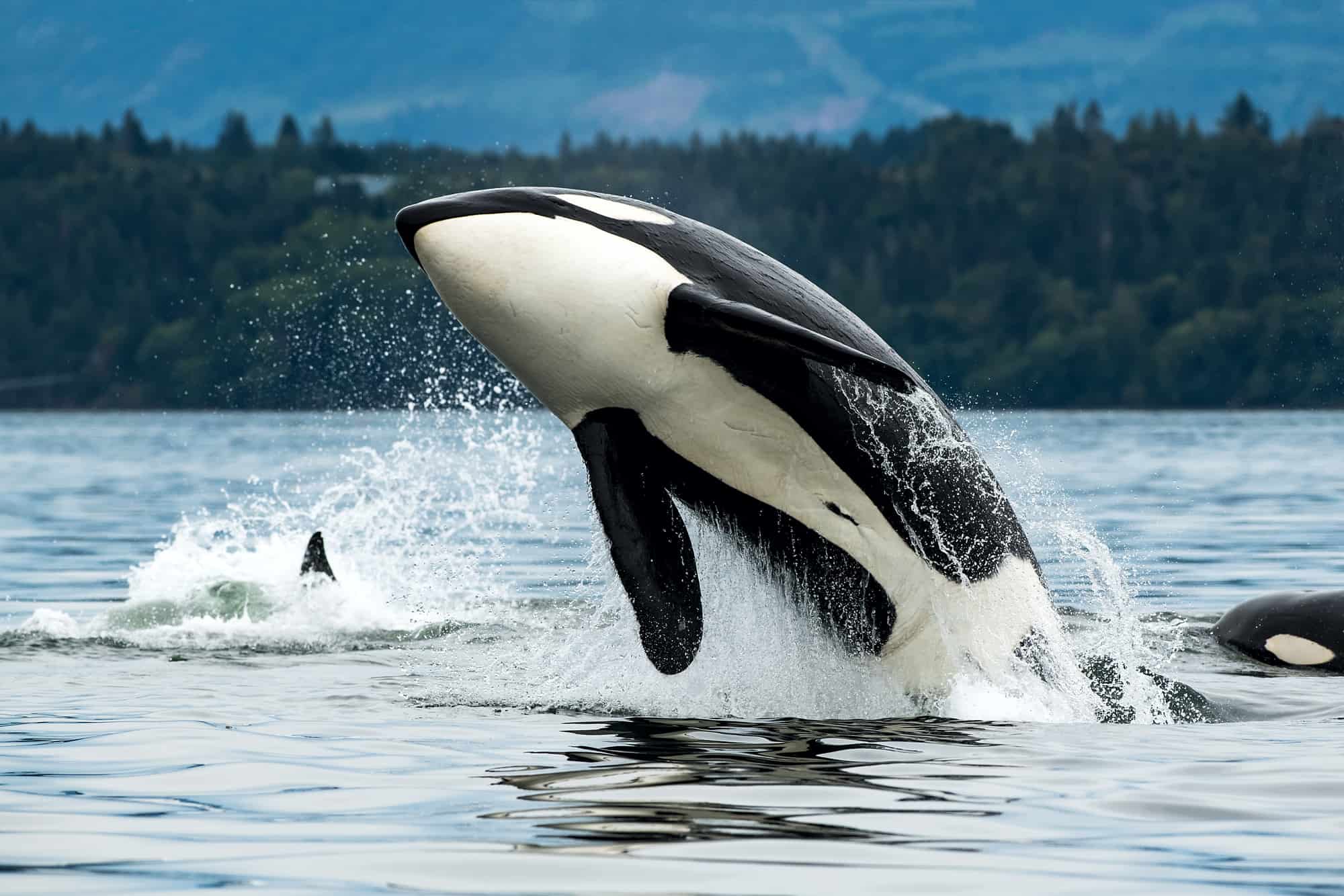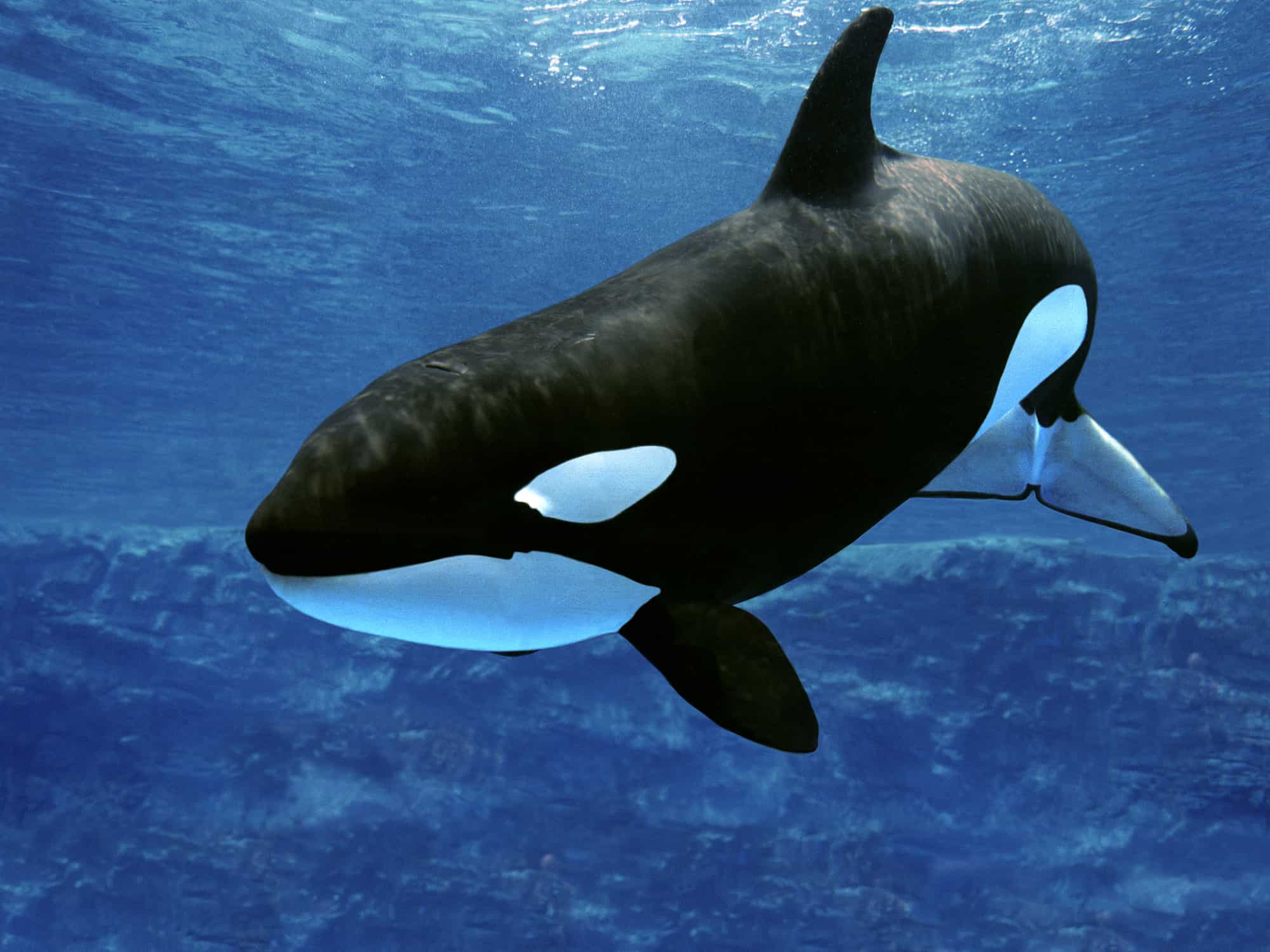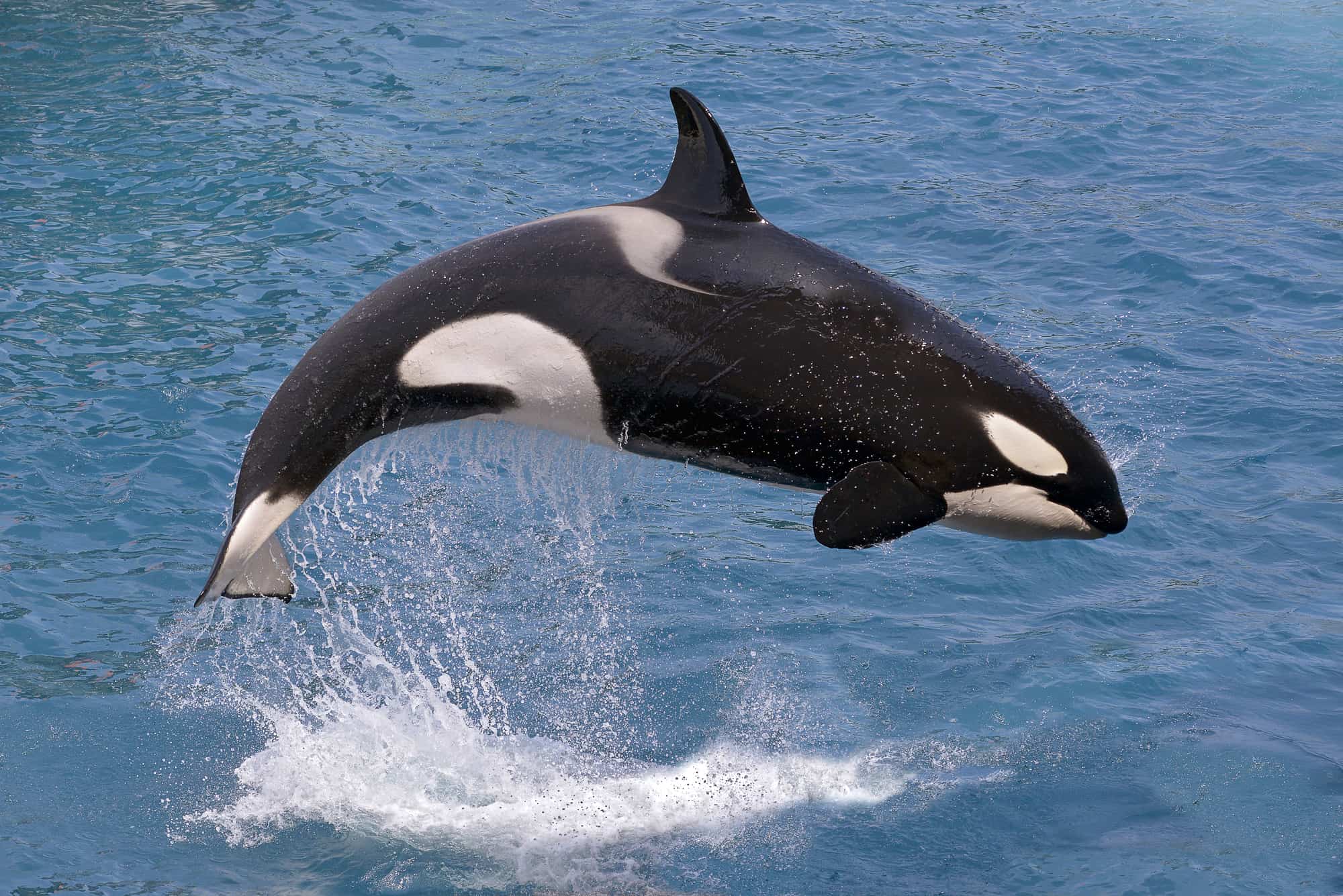On a calm Sunday morning in La Jolla, San Diego, a group of swimmers and surfers experienced an unusual and thrilling encounter – they narrowly avoid a pod of orcas. Generally known for their impressive hunting skills. Killer whales were spotted preying on a dolphin just meters away from the unsuspecting beachgoers.
A Close Encounter

Jacob Halstead was at the beach, reviewing footage for surf coaching when he noticed something extraordinary. A pod of orcas appeared near the shore, leaping out of the water close to a group of surfers. The orcas were not just passing by; they were on a hunt. Their target was a dolphin, and they pursued it right through the midst of the swimmers and surfers.
Footage Captured

Halstead’s footage shows the orcas in action, moving with purpose and precision. He can be heard expressing his astonishment, noting the proximity of the swimmers to the hunting orcas.
There’s like ten people swimming right there!” he exclaims in the video. Despite the chaotic scene, the orcas were focused solely on their prey, paying little attention to the humans nearby.
An Unforgettable Experience

In an interview with a surfer, Halstead shared his thoughts on the encounter. He described it as a pretty wild experience to see on a Sunday morning. Moreover he was both baffled and amazed by what he witnessed.
Wrapping Up with the Swimmers Narrowly Avoid Orcas Hunting A Dolphin Just Meters Away In San Diego

Evidently the sight of orcas hunting a dolphin just meters away from swimmers in La Jolla reminds me of the unpredictable and wondrous nature of the ocean. While the swimmers and surfers were unharmed, the encounter left a lasting impression on all who witnessed it.
What are orcas?

Generally orcas are also known as killer whales. Moreover they are large marine mammals found in oceans worldwide. They belong to the dolphin family and are known for their distinctive black-and-white coloring and intelligence.
Where do orcas live?

Orcas inhabit all of the world’s oceans, from the polar regions to tropical seas. They are most commonly found in the Arctic, Antarctic, and along coastlines where they hunt for food.
What do orcas eat?

Orcas are apex predators with a varied diet. They eat fish, seals and even large whales. Some orca pods specialize in hunting specific prey, showing remarkable hunting techniques and coordination.
How do orcas hunt?

Orcas use sophisticated hunting strategies, often working in groups. Generally they employ techniques such as creating waves to knock prey off ice floes or coordinating attacks to herd fish into tight balls for easy feeding.
Are orcas social animals?

Yes, orcas are highly social and live in close-knit family groups called pods. These pods can consist of a few individuals to dozens. Moreover they contain strong bonds often lasting a lifetime.
How do orcas communicate?

Image created by Animals Around the Globe using DALL-E.
Image Generated by Alana Theron with DALL-E/Midjourney.
Orcas communicate using a variety of sounds. These include clicks, whistles and pulsed calls. Each pod has its own unique set of calls (dialect). These help them identify and coordinate with each other.
How long do orcas live?

In the wild, male orcas typically live up to 50-60 years, while females can live up to 80-90 years. Evidently their longevity depends on factors like diet, health and environmental conditions.
How intelligent are orcas?

Generally they are known for their high intelligence. They exhibit complex behaviors, problem-solving skills, and have the ability to learn new tasks quickly. Their social structures and hunting techniques also demonstrate their cognitive abilities.
Are orcas dangerous to humans?

While orcas are powerful predators, attacks on humans in the wild are extremely rare. Most interactions with humans are peaceful, although orcas in captivity have occasionally exhibited aggressive behavior.
What is the largest orca ever recorded?

The largest recorded orca was a male measuring 32 feet long and weighing about 22,000 pounds. Male orcas are typically larger than females, which can reach up to 28 feet and weigh around 16,500 pounds.
Do orcas migrate?

Orcas do migrate, but their patterns vary widely. Some orca populations are resident and stay in the same area year-round. Moreover others are transient and travel vast distances following prey.
How do orcas sleep?

Orcas sleep by shutting down one hemisphere of their brain at a time. This allows them to continue surfacing for air while still getting the rest they need, as they must remain conscious to breathe.
What threats do orcas face?

Orcas face threats from pollution, climate change and loss of prey due to overfishing. Generally they are also affected by noise pollution from ships, which can interfere with their communication and navigation.
How are orcas studied?

Evidently researchers examine orcas through a variety of techniques. These include direct observation, acoustic tracking and satellite tagging. These methods aid in the study of population dynamics, migration patterns and orca behavior.
Are orcas protected by law?

Yes, orcas are protected by a number of international treaties and legislation. This includes the United States’ Marine Mammal Protection Act. Evidently by shielding them from harm caused by human activity, these laws seek to preserve their populations and habitats.
Let me know what you think of “Swimmers Narrowly Avoid Orcas” in the comments below.
Next up ~
Join our Forum for free today!

- Big Cats Love Mouthing Affection - July 22, 2024
- Kind Elephant Merciful To Lion Cubs - July 22, 2024
- Beachgoers Save Massive Shark Stranded In Florida - July 22, 2024

